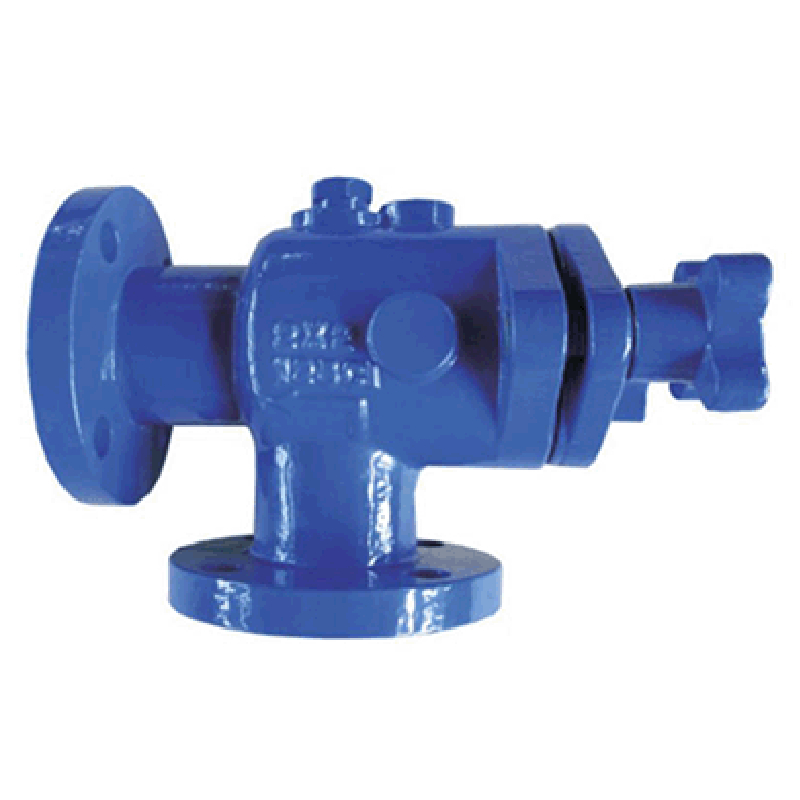ಡಿಸೆ . 15, 2024 19:10 Back to list
Understanding the Functionality and Importance of Diaphragm Foot Valves in Fluid Control
The Role and Importance of Diaphragm Foot Valves in Fluid Control Systems
Diaphragm foot valves play a critical role in various fluid control systems, especially in applications involving pumping and fluid transport. A foot valve is essentially a type of check valve located at the bottom of a pipeline or pump intake, designed to prevent backflow and ensure a consistent flow of fluid. The diaphragm design of these valves adds an additional layer of reliability and functionality, making them indispensable in numerous industrial and agricultural settings.
What is a Diaphragm Foot Valve?
A diaphragm foot valve is characterized by a flexible diaphragm that acts as a sealing mechanism, preventing the backward flow of fluid once the pump is turned off. The diaphragm is typically made from durable materials resistant to corrosion and wear, such as rubber, synthetic elastomers, or thermoplastics. This design allows for better sealing capabilities, enhancing the valve's efficiency and lifespan.
Foot valves generally have a strainer or filter integrated into their design, which prevents debris and larger particles from entering the pump. This is crucial in protecting pumps and other machinery downstream from damage, thereby reducing maintenance costs and extending the life of the equipment.
Key Features and Benefits
1. Preventing Backflow One of the primary functions of a diaphragm foot valve is to ensure that the fluid does not flow back into the source when the pump is not operating. This is especially vital in applications such as irrigation and wastewater management, where backflow could lead to contamination or operational issues.
2. Improved Efficiency By utilizing a diaphragm for sealing, these valves can provide a more reliable and tighter seal compared to traditional poppet types. The result is improved pump efficiency, as the need for the pump to re-priming is minimized when the system is restarted.
3. Durability and Longevity The materials used in diaphragm foot valves are selected for their resilience against harsh conditions, including ultraviolet exposure, chemical reactions, and high temperatures. This durability leads to a longer operational life, making these valves a cost-effective choice in the long run.
di foot valve

4. Ease of Maintenance Most diaphragm foot valves are designed for easy servicing. Their straightforward construction allows operators to clean or replace diaphragms without requiring extensive disassembly of the piping system, reducing downtime.
Applications
Diaphragm foot valves are versatile and can be found in various applications across multiple industries. Common uses include
- Agriculture In irrigation systems, diaphragm foot valves ensure that water remains in the lines when pumps are switched off, preventing the need for frequent re-priming and conserving water resources. - Water Treatment In municipal water treatment facilities, these valves help maintain the necessary pressure within pipelines, ensuring continuous water supply while preventing contamination.
- Industrial Processes Many manufacturing processes rely on diaphragm foot valves to manage the flow of fluids and prevent backflow within their systems, thereby ensuring operational safety and efficiency.
Conclusion
In summary, diaphragm foot valves are essential components in fluid control systems that serve a multitude of purposes. Their ability to prevent backflow, improve system efficiency, and offer durable, reliable performance make them an integral part of various applications, from agriculture to large-scale industrial processes. Proper selection, installation, and maintenance of diaphragm foot valves can significantly enhance the reliability and efficiency of pumping systems. As technology evolves, it is anticipated that diaphragm foot valves will continue to integrate more advanced materials and designs, further solidifying their position as a vital asset in fluid management solutions.
With a deeper understanding of these devices, engineers and operators can make more informed decisions about fluid control in their respective industries, ultimately leading to enhanced operational performance and sustainability.
Share
-
Reliable Wafer Type Butterfly Valves for Every IndustryNewsJul.25,2025
-
Reliable Flow Control Begins with the Right Ball Check ValveNewsJul.25,2025
-
Precision Flow Control Starts with Quality ValvesNewsJul.25,2025
-
Industrial Flow Control ReliabilityNewsJul.25,2025
-
Engineered for Efficiency Gate Valves That Power Industrial PerformanceNewsJul.25,2025
-
Empowering Infrastructure Through Quality ManufacturingNewsJul.25,2025